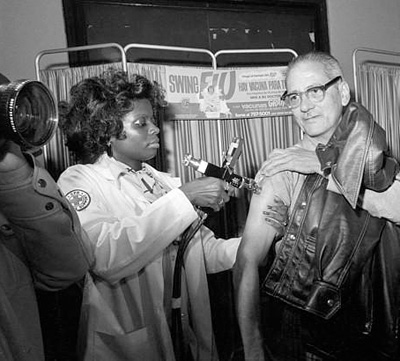The First Vaccine

November 6, 2020
We have benefited from vaccines for more than two centuries. We began our history of vaccines and immunization Edward Jenner, a country doctor living in England who in 1796 performed the world’s first vaccination.
How was it formulated?
Jenner came up with the concept by relying on knowledge of the local customs of farming communities and the awareness that milkmaids infected with cowpox, visible as pustules on the hand or forearm, were immune to subsequent outbreaks of smallpox that periodically swept through the area. Jenner did a lot of observing and experimenting. The Immunisation Advisory Centre stated , the method he used to create the first vaccine was called the arm-to-arm method.This means he took bacteria from a blister from someone infected with the cowpox and transferred it into someone’s skin who was not affected. He tested this on James Phipps, the eight-year old son of his gardener.
Dramatic declines in fatality rate have been reported for the nine vaccine-preventable diseases for which vaccination was universally recommended for use in children before 1990 excluding hepatitis B, rotavirus, and varicella. Deaths associated with smallpox and polio caused by wild-type viruses has declined 100% and nearly 100% for each of the other seven diseases.
Vaccines are one of the greatest success stories in public health. Through use of vaccines, we have eradicated smallpox and nearly eliminated wild polio virus. The number of people who experience the devastating effects of preventable infectious diseases like measles, diphtheria, and whooping cough is at an all-time low. To ensure the continued success of vaccines in the United States, it’s crucial to make sure that vaccines are safe.
